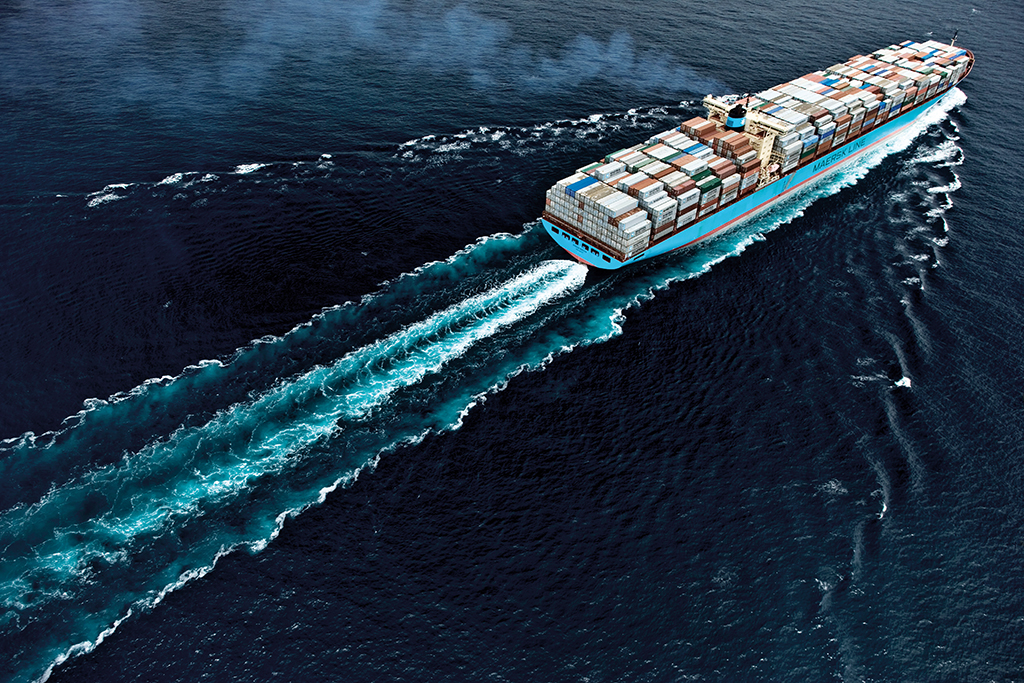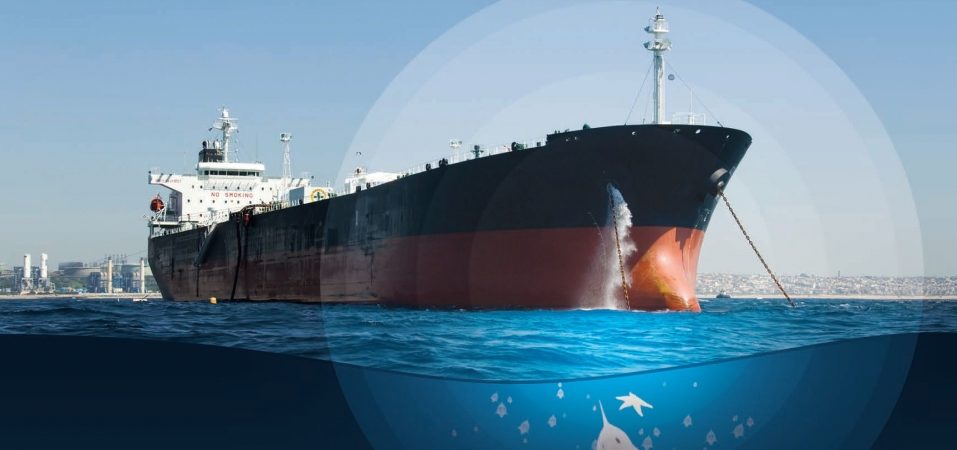Nowadays, most goods are transported around the globe thanks to maritime trade. The main consequence is being one of the main protagonists of climate change despite being among the most efficient trade routes. Accidents, emissions, and ballast water are among the most talked-about problems affecting this field. The shipping industry is moving towards the concept of sustainable navigation to address the impact of shipping on the climate emergency, aspiring to the complete decarbonisation of the sector by 2035.

In everyday life, humans are used to having everything they need immediately and readily available, without putting any thought into the journey behind it. This is one of the effects of globalisation, in which one of the main players is shipping; responsible for 90% of trade. It is estimated that there are at least 90,000 ships in the maritime world which will continue to increase. The reason for this lies in the low costs and large load capacity, as well as being one of the safest means of transport. In short, it is more competitive.
Moreover, contrary to public opinion, maritime transport is also the most environmentally friendly means of handling large quantities of goods per ton of material over long distances, if we compare it to land and air vehicles. Both energy consumption and the emission of harmful substances are lower than the means just mentioned.
So why does it have the infamous reputation of being such a polluter? The reason lies in the trust that humans put into it, being the most frequently used means of transporting goods. Therefore, it is the type of transport that has the most impact on total emissions and environmental accidents.
Ship transport, like most, relies on the use of fossil fuels, contributing to the emission of carbon dioxide, participating in the causes of climate change and ocean acidification. The weight of the entire naval fleet on greenhouse gas emissions is equal to 3% of the carbon dioxide emitted worldwide, comparable to the emission levels of the most developed country. It is as if there were another nation, which among other things, ranks sixth among the emitting countries. If no action is taken, its contribution is destined to increase to around 17% of global emissions in 2050.
Furthermore, carbon dioxide is not the only altering gas emitted. The combustion fumes of ships are often characterised by the emission of other pollutants. About 15% of global anthropogenic nitrogen oxide (NOx) emissions and 5-8% of global sulfur oxide (SOx) emissions are attributable to deep-sea ships. Its emissions are not well quantified and are one of the least regulated anthropogenic sources. Several studies point to the need for international regulations on ship emissions, such as those active in Europe, where land-based sulfur emissions have been successfully reduced and total SO emissions have fallen by 54% in the EU.
Black carbon (BC) is another product of combustion, the reduction of which could slow down global warming. Black carbon, more commonly known as soot, is made up of fine particles created by the incomplete combustion of a fossil fuel source. It is known to be a powerful warmer both in the atmosphere and when it settles on snow and ice, contributing in two ways: by directly absorbing heat in the upper atmosphere and by lowering the earth’s albedo, or reflectivity. Its solid nature allows it to absorb sunlight directly, unlike gases which are only affected by the infrared fraction. Black carbon heats the atmosphere by absorbing heat, drying the surrounding air by evaporating water into the air and onto other nearby particles. This reduction in water content decreases the reflectivity of the other particles, allowing them to absorb more sunlight and create an even wider warming effect in the atmosphere.

Greenhouse gases are not the only problem; indeed, water is used as ballast to stabilise ships at sea. Ballast water is pumped into maintaining safe operating conditions throughout a voyage. It may pose serious ecological, economic and health problems due to the multitude of marine species carried in ships’ ballast water. These include bacteria, microbes, small invertebrates, eggs, cysts, and larvae of various species. These species usually survive establishing a reproductive population in the host environment, becoming invasive, out-competing native species, and multiplying into pest proportions. The progress of this problem is due to the expansion of the global naval fleet and the destinations reached. The effects in many areas of the world have been devastating. The spread of invasive species is now recognised as one of the greatest threats to the ecological and economic wellbeing of the planet. These species are causing enormous damage to biodiversity and the valuable natural riches of the earth upon which we depend.

Considering the enormous influence that maritime navigation has on the environment, the direction to take is linked to the concept of “Green Navigation”, a form of sustainable development that considers environmental and social responsibility. The goal is complete decarbonisation by 2035, working on technological measures by improving storage systems and energy efficiency, reducing navigation speed, and developing renewable energies such as wind and biofuels.
Global regulation and a control system is needed to verify that there is regular compliance with the sustainability rules that characterise green navigation.
Sources:
·https://www.imo.org/en/OurWork/Environment/Pages/BallastWaterManagement.aspx
· https://europe.oceana.org/en/shipping-pollution-1
· https://solarimpulse.com/sustainable-shipping-solutions
· https://www.sciencedirect.com/science/article/pii/S1352231014002313

